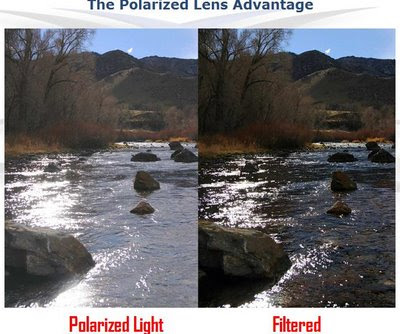The History of Spectacles
The history of spectacles can be traced back to a time even before they were fully understood. Marco Polo reported the Chinese using spectacles in the late thirteenth century. They were apparently also in use by the Italians at about the same time.
The invention of the printing press bu Johannes Gutenberg of Germany in the fifteenth century greatly popularized reading and written communication. This in turn generated much interest in corrective lenses and gave impetus to the craft of spectacles-making.
However, lenses then were of poor optical quality and it was not until the mid-eighteen century before better quality glass for making lenses was discovered. The next milestone was in 1780 when Benjamin Franklin invented the first pair of bifocals to aid people with middle-age sight or presbyopia.
At that time, virtually all lenses were made from a particular variety of glass called ophthalmic crown glass. There was another kind of glass known as flint glass which was utilized for special purposes such as reading segments of fused bifocal lenses.
Not much progress was made in terms of lens materials until the mid-1900s. The onset of World War II served as a stimulus for the development of optical quality plastic as a substitute for glass. Plastic soon replaced glass in the wind-shields of airplanes as they were lighter and more "shatter-proof'".
Today, we have a wide range of optical quality glass and plastic lenses as well as frame designs to choose from. The spectacles industry has become a multimillion dollar industry with spectacles used just as optical aids, but also as fashion accessories.
Do your know what is polarized lens?

From the moment of reflection, light becomes polarized and forms visual noise (blinding glare) that interferes with the real image. The only way to solve this glare is to place a polarized lens in its path. Nowadays, modern polarizing lens has to comply with wide variety of technological and quality criteria. It is the most effective tool in protective sun-wear.
What Is Myopia?
Myopia is the scientific name for nearsightedness or shortsightedness. The myopic eye is an eye which sees more clearly for near than for distant objects. Optically, the eyeball is relatively too long for focus. This means that when the eye views a distant object, the light rays from the object are brought to a focus in front of, rather than on the retina, resulting in a de-focused image on the retina and blurred vision.
Near objects are seen more clearly because the more divergent rays of light reaching the eye from the near objects effectively serve to push the point of focus backwards. In general, the longer the length of the eyeball, the more severe the degree of myopia.
Presbyopia
Presbyopia is a vision condition where the crystalline lens of your eye loses ts flexibility that makes focusing on close objects difficult. This condition happens around 40 years of age and to everyone at some point in life, even those who have never had a vision problem before.
Symptoms and signs of presbyopia are:
1. Blurred vision at normal reading distance
2. Eyestrain or headaches when doing close work for long periods.
3. To hold reading materials at arm's length.
No comments:
Post a Comment